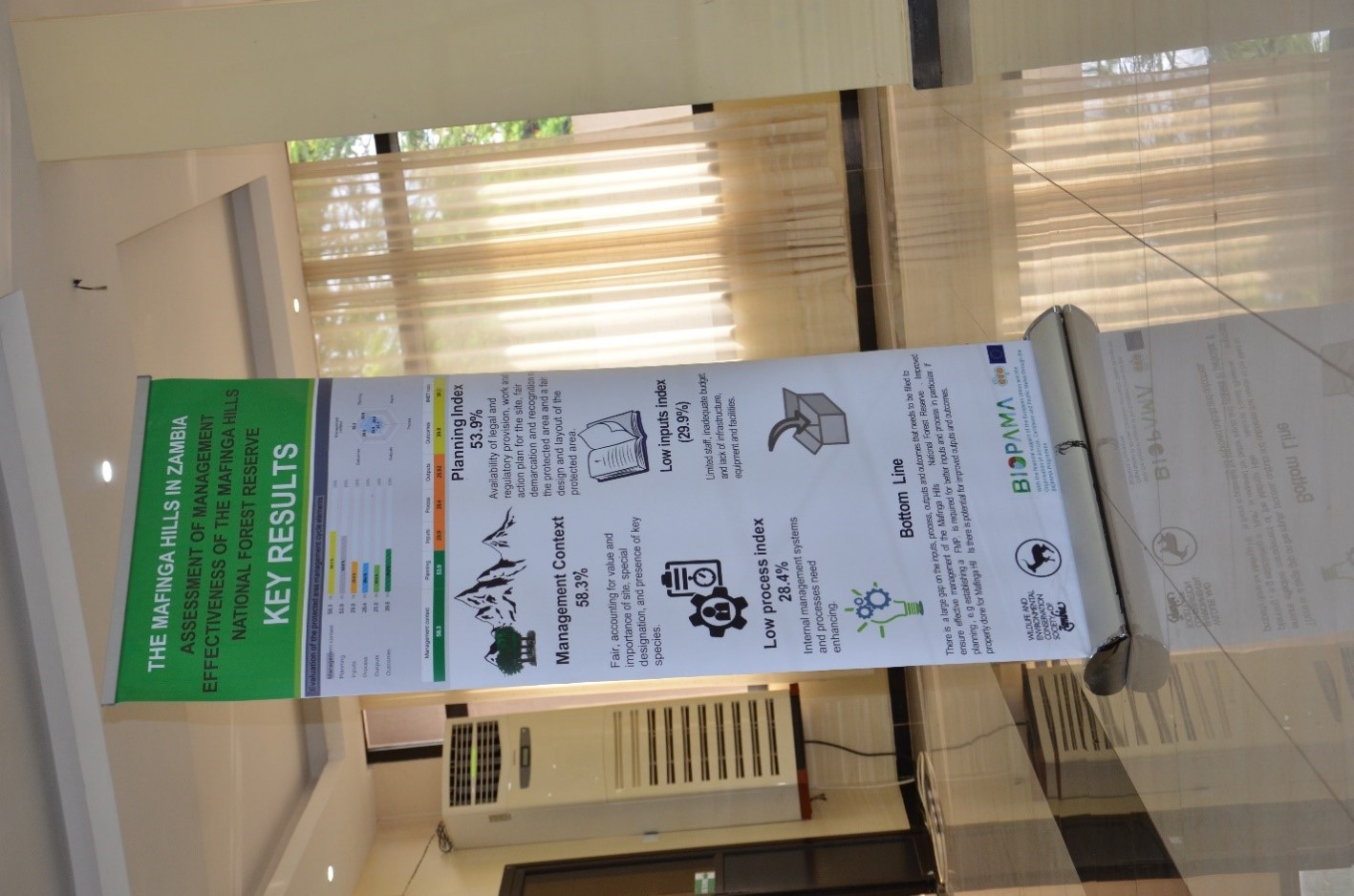The S.C.P.P. Vigía Chico, which is immersed in the fishery improvement project, has been developing good practices to achieve sustainable fishing, but fishing had been perceived and managed only as an extractive activity, and not as a complex system that encompasses other stages along the value network. It was on this basis that the cooperatives began to analyze and diagnose the participation by gender in each link of the value network. Thus, it was possible to visualize that the composition of the links encompasses activities in which women play a crucial role not only because they perform the activity itself (e.g., administration, transportation, processing, marketing, storage, landing, preparation of supplies) but also because the complementary activities (e.g., generation of citizen science, provision of services, family support) play an important role in achieving the objectives of resource conservation and sustainable fishing.
